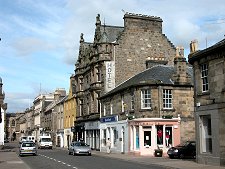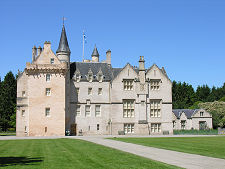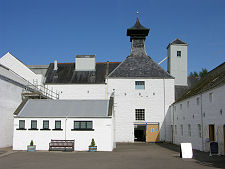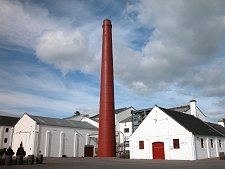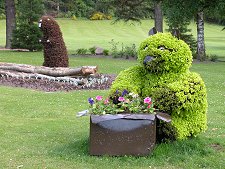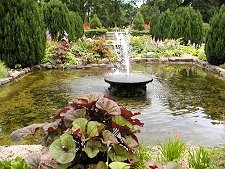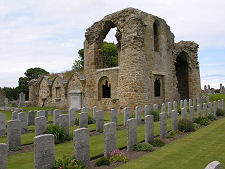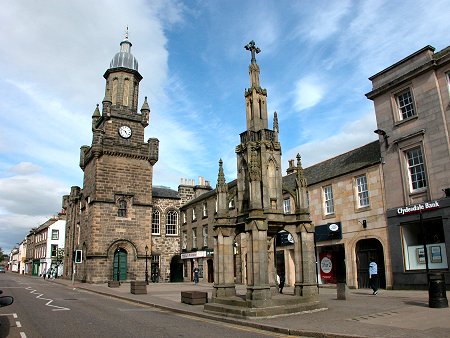 Forres Tolbooth and Mercat Cross |
A Royal Burgh since 1140, Forres is one of Scotland's oldest towns, and also one of its most attractive. These days the A96 heading east from Nairn to Elgin by-passes Forres. Even if you don't have time to stop, it's worth following the old route of the main road through the town to gain a glimpse of what it has to offer.
It has been claimed that Forres first appears, as Varis, on a map drawn by Ptolemy two thousand years ago. Slightly more recently, Forres became known to a wider audience as the location of some of the early action in Shakespeare's Macbeth.
A thousand years ago, Forres was home to a castle, located at the west end of the High Street. This was further strengthened to become a royal residence in the 1100s. Nothing now remains of Forres Castle and its site is a public park.
More recently, the key date in Forres' history was 23 June 1496, when it was granted a Royal Charter by King James IV of Scotland. This set out rights and privileges to be enjoyed by the townspeople of Forres; and by some accounts brought up to date an earlier charter issued by King David I.
Today's Forres shows the evidence of its earlier role as the area's principle market town. The High Street still widens to show where it accommodated the market that took place here. And the early wealth of the town is also evidenced by a number of fine buildings that give the town centre an impressive appearance. These include the tolbooth built in 1838; and the mercat cross from 1844. Forres' fine collection of churches includes the magnificent St Laurence Church in the centre of the town, and St John's Episcopal Church, opposite Grant Park.
Grant Park lies on the east side of the centre of Forres and was until it burned down in 1971 the home of Forres House. No effort has been spared here to highlight the town's success over the years in a series of "Britain in Bloom" and "Scotland in Bloom" competitions, and the site of Forres House is now a sunken garden.
On the eastern outskirts of Forres lies a real surprise. Between the old and new routes of the A96 as they converge on the B9011 roundabout, is Sueno's Stone. This 21ft high Pictish cross-slab is the tallest surviving stone, and one of the richest examples of Pictish art in Scotland. It was discovered, buried, in 1726, and given the name, mistakenly, after the Norse king, Swein Forkbeard.
Forres has other attractions for visitors. In the heart of the town is the (yet to reopen) Falconer Museum, established in memory of the botanist, geologist and paleontologist Hugh Falconer, who came from Forres. Just south of its southern edge lies the (also currently closed) Dallas Dhu Distillery. No longer in production, this has been maintained in working order by Historic Environment Scotland and, when open, provides a unique insight into the distiller's art.
If your interest is in active distilleries, then Benromach Distillery and its visitor centre, just north of the Forres bypass, is well worth visiting. The smallest distillery in Speyside, it is owned by the long established Elgin-based whisky bottlers, Gordon & MacPhail.
Two miles north-east of Forres is the small village of Kinloss. Here you find Kinloss Barracks, home to 39 Engineer Regiment. Kinloss was previously an RAF Station and a preserved Nimrod MR2 maritime patrol aircraft, XV244, can be seen parked on the North-West corner of the base beside the Findhorn road. A nearby graveyard is home to the ruins of what was once one of the most important abbeys in Scotland, Kinloss Abbey.
A little over three miles west of Forres is Brodie Castle, cared for by the National Trust for Scotland. Standing close to its entrance is another Pictish symbol stone, the Rodney Stone. En route you pass the 19 OTU Memorial.
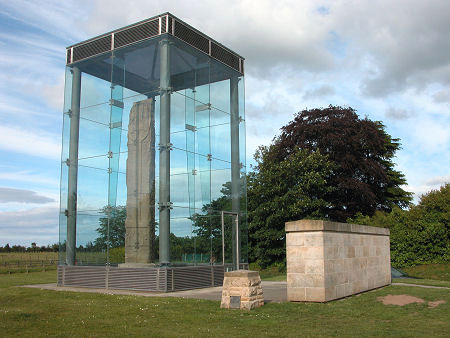 Sueno's Stone |
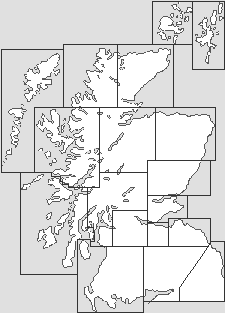
|
|
|
Visitor InformationView Location on MapWhat3Words Location: ///hilltop.fond.jousting |
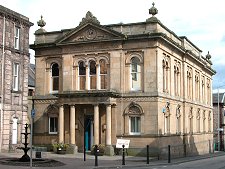 Falconer Museum |
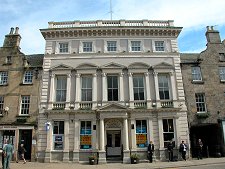 Bank of Scotland (Caledonian Bank) |
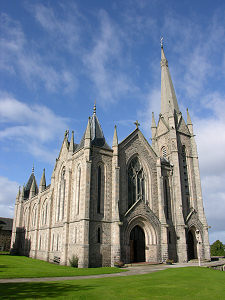 St Laurence Church |
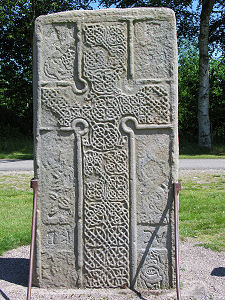 The Rodney Stone |
